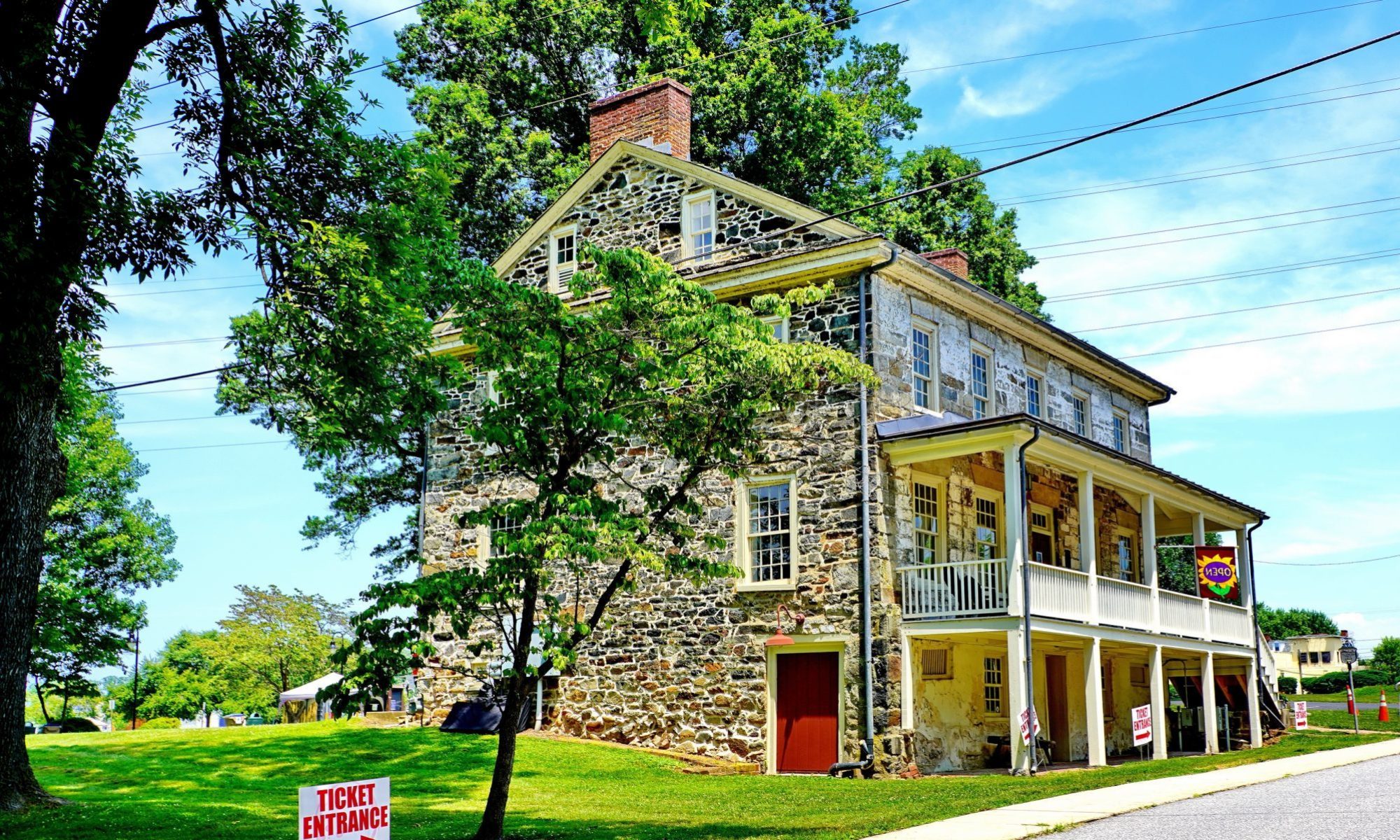
Port Deposit Police Chief Horace Boddy passed away on July 21, 2019, at the age of 95. Horace became an auxiliary officer on the Port Deposit force in the early 1960s. About 1966, the council promoted him to the top position. This made him the first African-American police chief in Cecil County once he took charge of the department. Although it was a part-time position, he was on call around the clock.
A Young Man’s Interest in Policing
As a 9 or 10-year-old growing up in town, the dream of becoming a police officer started one day during a snow storm, he recalled in an interview with the News Journal. He and a friend were making their way through the frigid winter blast to a store when a Maryland State Trooper from the Conowingo Post pulled up. The trooper told the pair to jump in, and he gave them a warming ride to their destination. During that ride on a long-ago winter day, the impressed youngster was enchanted by the helpfulness of the officer and “the excitement of the police car, especially its radio.”
After 16 years of service to the municipality, the chief contemplated retirement as the 1980s got underway. Finally, in February 1980, he stepped down as the town’s top lawman, but he wasn’t ready to completely retire.
Stepping Down as Chief
His second in command, 33-year-old Bill Waibel, became the chief, and Mr. Boddy stayed on as a member of the force. He told the News Journal that it was time to “let somebody else handle it. Twenty-four hours a day is pretty rough when you work at a job 16 years, I think that’s enough.” He retired completely from law enforcement in 1983.
It was a job well done. When he announced the decision to step down “mostly due to the increasing demands of the office and the pressing needs for more specialized training, which would best be filled by a full-time Chief, Port Deposit Mayor Donald Post remarked to the News Journal: “Officer Boddy is well-respected and known in the community for his friendly manner and civic pride and this unselfish act is a continued expression of that concern.
He had faithfully served as the Port Deposit Police Chief.

For Additional Photos of Chief Boddy and the Port Deposit Police Department, see this album on Facebook.













